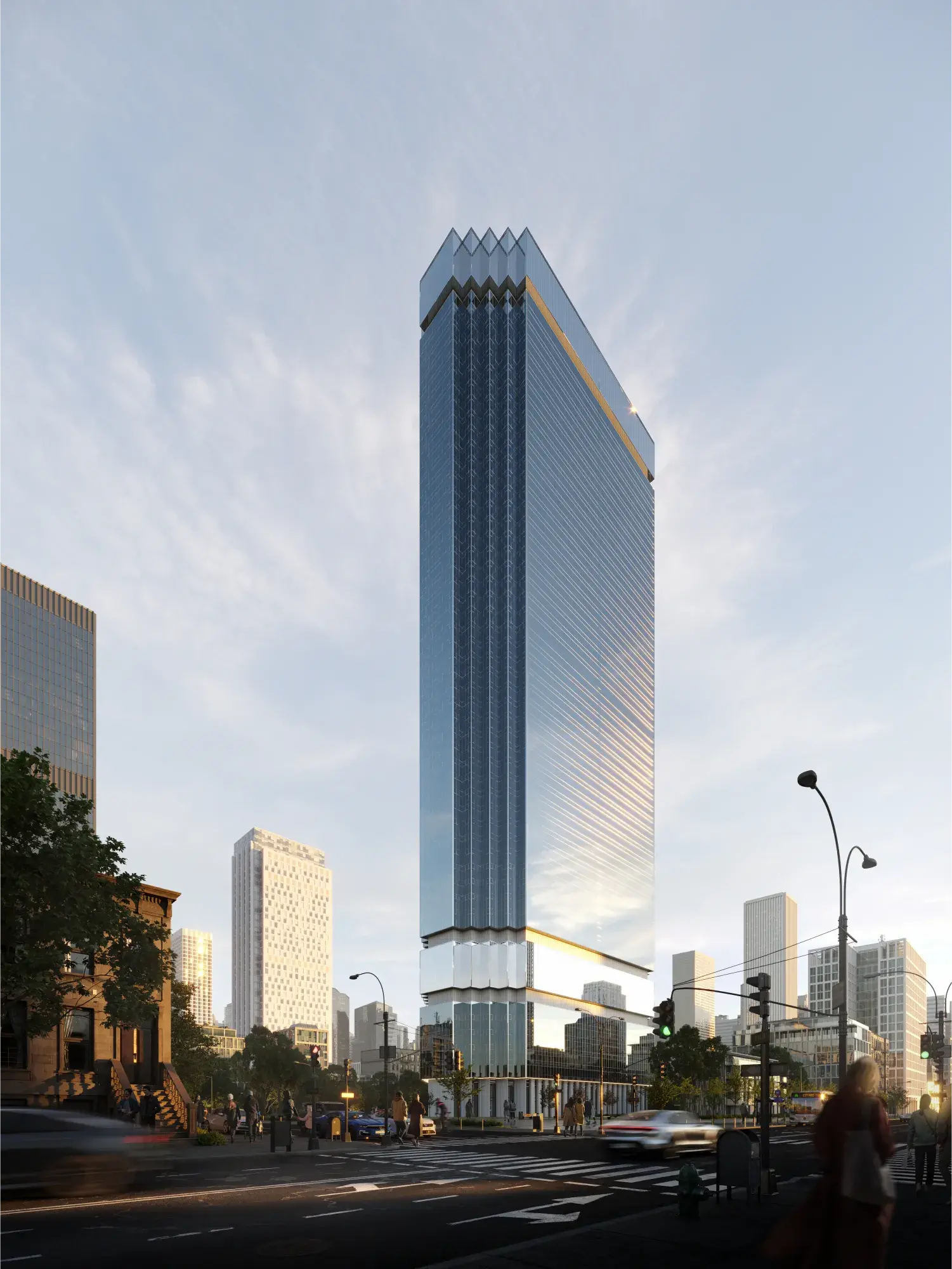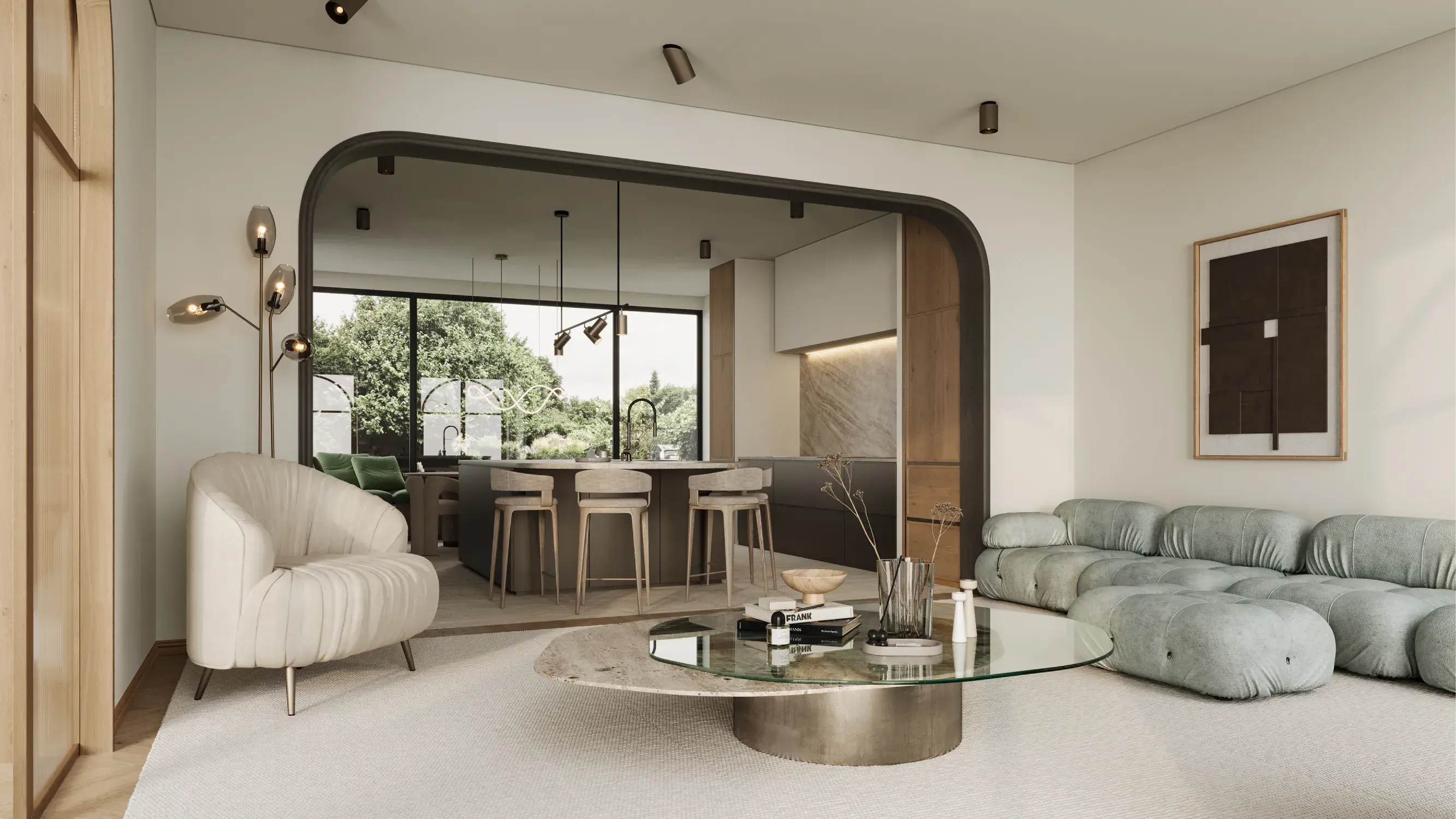The Architecture, Engineering, and Construction (AEC) industry is constantly evolving, and 3D rendering technology is no exception. As technology advances, 3D renderings are becoming more realistic, detailed, and interactive, and are playing an increasingly important role in the AEC industry.
One of the major advancements in 3D rendering technology is the use of real-time rendering. This allows designers to see the results of their work in real-time, rather than having to wait for the render to be completed. This is particularly useful for architects and interior designers, as it allows them to see how a space will look and feel before it is built.

Another area of advancement is the use of Virtual Reality (VR) and Augmented Reality (AR) technology. VR and AR allow designers to create immersive 3D renderings that can be explored and interacted with in real-time. This can be a powerful tool for architects, interior designers, and real estate developers, as it allows them to showcase their projects in a more engaging and interactive way.
The use of cloud-based rendering is also on the rise, this allows for rendering to be done remotely, which eliminates the need for expensive on-premises rendering hardware. This can save time and money for companies and also allows for collaboration with remote team members.
Another exciting development is the use of artificial intelligence (AI) and machine learning in 3D rendering. These technologies can help to automate certain aspects of the rendering process, such as the placement of objects and the creation of realistic materials. This can save time and money, and also allows for more efficient use of resources.
In conclusion, 3D rendering technology is evolving rapidly and is becoming an increasingly important tool in the AEC industry. Advancements such as real-time rendering, VR and AR, cloud-based rendering and AI are opening up new possibilities for architects, interior designers, and real estate developers, making it possible to create more realistic and interactive designs. As technology continues to advance, we can expect to see even more exciting developments in the field of 3D rendering in the near future.
